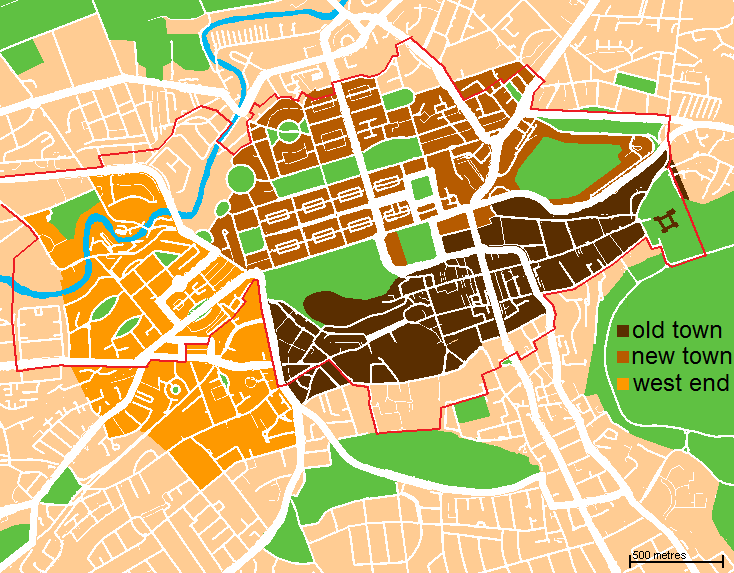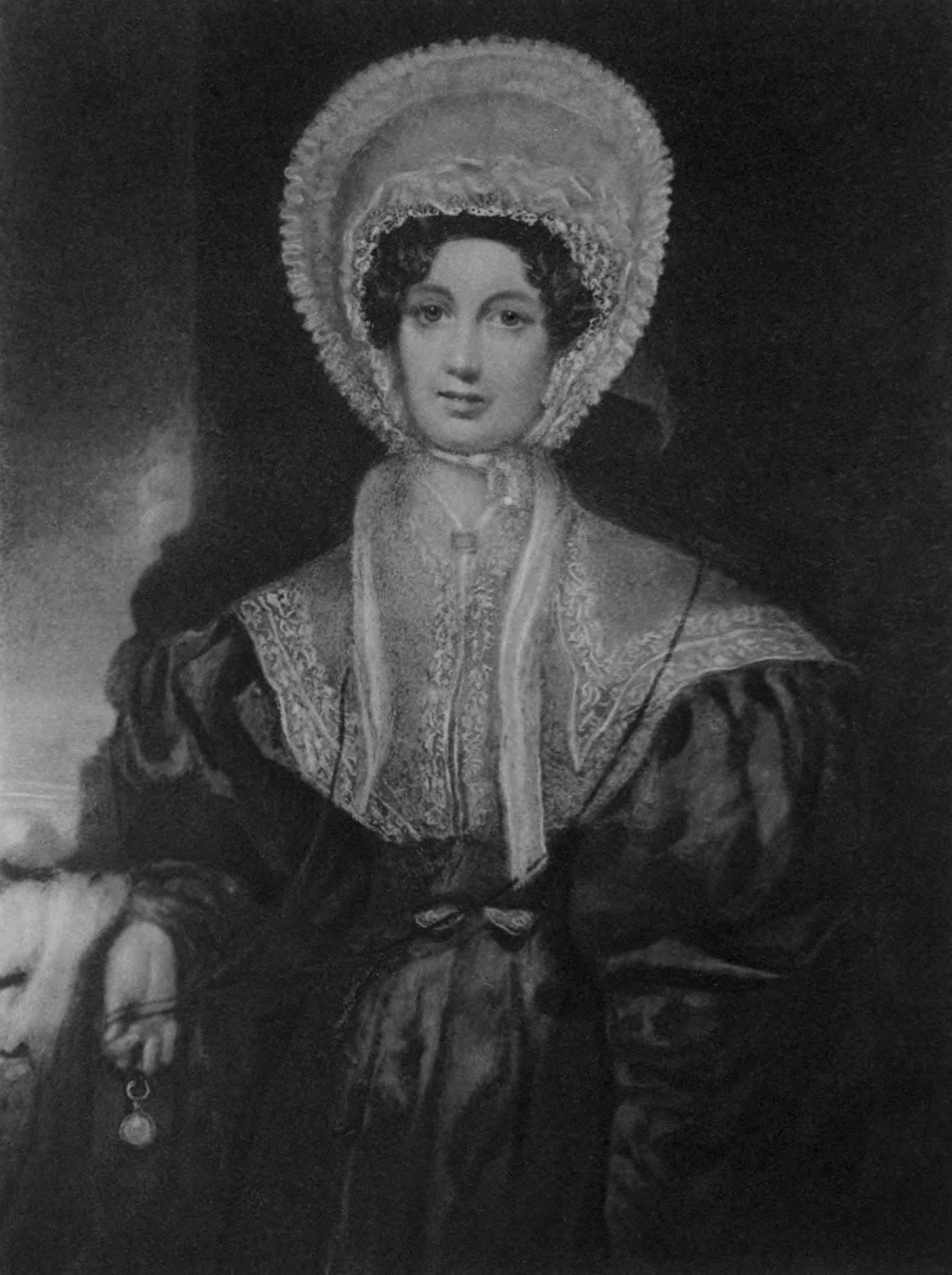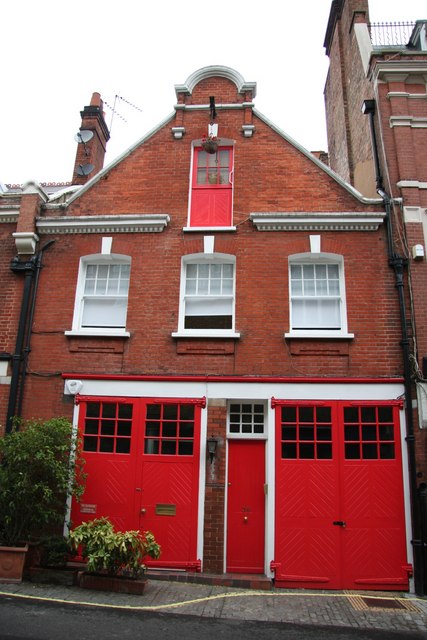|
New Town, Edinburgh
The New Town is a central area of Edinburgh, the capital of Scotland. It was built in stages between 1767 and around 1850, and retains much of its original neo-classical and Georgian period architecture. Its best known street is Princes Street, facing Edinburgh Castle and the Old Town across the geological depression of the former Nor Loch. Together with the West End, the New Town was designated a UNESCO World Heritage Site alongside the Old Town in 1995. The area is also famed for the New Town Gardens, a heritage designation since March 2001. Proposal and planning The idea of a New Town was first suggested in the late 17th century when the Duke of Albany and York (later King James VII and II), when resident Royal Commissioner at Holyrood Palace, encouraged the idea of having an extended regality to the north of the city and a North Bridge. He gave the city a grant:That, when they should have occasion to enlarge their city by purchasing ground without the town, or to buil ... [...More Info...] [...Related Items...] OR: [Wikipedia] [Google] [Baidu] |
Edinburgh
Edinburgh is the capital city of Scotland and one of its 32 Council areas of Scotland, council areas. The city is located in southeast Scotland and is bounded to the north by the Firth of Forth and to the south by the Pentland Hills. Edinburgh had a population of in , making it the List of towns and cities in Scotland by population, second-most populous city in Scotland and the List of cities in the United Kingdom, seventh-most populous in the United Kingdom. The Functional urban area, wider metropolitan area had a population of 912,490 in the same year. Recognised as the capital of Scotland since at least the 15th century, Edinburgh is the seat of the Scottish Government, the Scottish Parliament, the Courts of Scotland, highest courts in Scotland, and the Palace of Holyroodhouse, the official residence of the Monarchy of the United Kingdom, British monarch in Scotland. It is also the annual venue of the General Assembly of the Church of Scotland. The city has long been a cent ... [...More Info...] [...Related Items...] OR: [Wikipedia] [Google] [Baidu] |
Lord Provost
A lord provost () is the convenor of the local authority, the civic head and the lord-lieutenant of one of the principal cities of Scotland. The office is similar to that of a lord mayor. Only the cities of Aberdeen, Dundee, Edinburgh, Stirling and Glasgow have a lord provost; other Scottish local authorities have provosts or convenors, which are similar offices to that of a mayor (as a presiding officer of the local council, not as a chief executive of a local authority). Perth (as a city) previously termed its civil leader a "lord provost", but from the Second World War onwards has preferred the simple term Provost of Perth. A lord provost has a higher status than a lord mayor in other parts of the United Kingdom. They are ex officio the lord-lieutenant for that city, in accordance with section 1 of the Lieutenancies Act 1997, which allows the city council to choose its own representative for the monarch. The lord provosts of Edinburgh and Glasgow enjoy the style of "The ... [...More Info...] [...Related Items...] OR: [Wikipedia] [Google] [Baidu] |
St Andrew Square, Edinburgh
St Andrew Square is a garden square in Edinburgh, Scotland located at the east end of George Street, Edinburgh, George Street. The construct of St Andrew Square began in 1772,Lang, p.124 as the first part of the New Town, Edinburgh, New Town, designed by James Craig (architect), James Craig. Within six years of its completion St Andrew Square became one of the most desirable and most fashionable residential areas in the city. As the 19th century came to a close, St Andrew Square evolved into the commercial centre of the city. Most of the square used to be made up of major offices of banks and insurance companies, making it one of the major financial centres in Scotland. At one time, St Andrew Square could claim to be the richest area of its size in the whole of Scotland.Lang, p.125 The gardens are owned by a number of private parties and belong to the collection of New Town Gardens. They were made open to the public in 2008 and are managed by Essential Edinburgh. The squa ... [...More Info...] [...Related Items...] OR: [Wikipedia] [Google] [Baidu] |
George III Of The United Kingdom
George III (George William Frederick; 4 June 173829 January 1820) was King of Great Britain and Ireland from 25 October 1760 until his death in 1820. The Acts of Union 1800 unified Great Britain and Ireland into the United Kingdom of Great Britain and Ireland, with George as its king. He was concurrently Duke and Prince-elector of Hanover in the Holy Roman Empire before becoming King of Hanover on 12 October 1814. He was the first monarch of the House of Hanover who was born in Great Britain, spoke English as his first language, and never visited Hanover. George was born during the reign of his paternal grandfather, King George II, as the first son of Frederick, Prince of Wales, and Princess Augusta of Saxe-Gotha. Following his father's death in 1751, Prince George became heir apparent and Prince of Wales. He succeeded to the throne on George II's death in 1760. The following year, he married Princess Charlotte of Mecklenburg-Strelitz, with whom he had 15 children. G ... [...More Info...] [...Related Items...] OR: [Wikipedia] [Google] [Baidu] |
George Street, Edinburgh
George Street is the central thoroughfare of the First New Town, Edinburgh, New Town of Edinburgh, planned in the 18th century by James Craig (architect), James Craig. The street takes its name from George III of the United Kingdom, King George IIIHistory ''george-street.com'' and connects St Andrew Square, Edinburgh, St Andrew Square in the east with Charlotte Square in the west. It is located on the north side of the Old Town, Edinburgh, Old Town of Edinburgh, to the north of the Princes Street and to the south of Queen Street, Edinburgh, Queen Street, running straight along the high point of a ridge. George Street, as first proposed in 1767 and initially built, was a residential area. However in the Victorian era, Victorian period the houses were replaced by shops, showrooms, banks, small department stores and hotels. ... [...More Info...] [...Related Items...] OR: [Wikipedia] [Google] [Baidu] |
The New Town From Edinburgh Castle
''The'' is a grammatical article in English, denoting nouns that are already or about to be mentioned, under discussion, implied or otherwise presumed familiar to listeners, readers, or speakers. It is the definite article in English. ''The'' is the most frequently used word in the English language; studies and analyses of texts have found it to account for seven percent of all printed English-language words. It is derived from gendered articles in Old English which combined in Middle English and now has a single form used with nouns of any gender. The word can be used with both singular and plural nouns, and with a noun that starts with any letter. This is different from many other languages, which have different forms of the definite article for different genders or numbers. Pronunciation In most dialects, "the" is pronounced as (with the voiced dental fricative followed by a schwa) when followed by a consonant sound, and as (homophone of the archaic pronoun ''thee' ... [...More Info...] [...Related Items...] OR: [Wikipedia] [Google] [Baidu] |
Queen Street, Edinburgh
Queen Street is the northernmost east-west street in Edinburgh's New Town, Edinburgh#The First New Town, First New Town. It begins in the east, at the Scottish National Portrait Gallery. It links York Place, Edinburgh, York Place with the Moray Estate. It was named "Queen Street" after the British queen Charlotte of Mecklenburg-Strelitz, and was so named on James Craig (architect), James Craig's plan of the New Town issued by the Town Council in 1768. Most early maps repeat this name but others misname it Queen's Street or Queens Street. History The street forms part of James Craig's plan of 1768 for a New Town to the north of Old Town, Edinburgh, Edinburgh's Old Town and the Nor Loch, North Loch. This had three main east-west streets: Princes Street; George Street, Edinburgh, George Street; and Queen Street. Queen Street was planned as a one-sided street, facing north over then fields towards the Firth of Forth. The first 30 metres beyond the road itself was originally laid o ... [...More Info...] [...Related Items...] OR: [Wikipedia] [Google] [Baidu] |
Union Flag
The Union Jack or Union Flag is the ''de facto'' national flag of the United Kingdom. The Union Jack was also used as the official flag of several British colonies and dominions before they adopted their own national flags. It is sometimes asserted that the term ''Union Jack'' properly refers only to naval usage, but this assertion was dismissed by the Flag Institute in 2013 after historical investigations. The origins of the earlier flag of Great Britain date from 1606. James VI and I, King James VI of Scotland had inherited the English and Irish thrones in 1603 as James I, thereby Union of the Crowns, uniting the crowns of Kingdom of England, England, Kingdom of Scotland, Scotland, and Kingdom of Ireland, Ireland in a personal union, although Scotland and England remained separate states until the Treaty of Union took effect in 1707. On 12 April 1606, a new flag to represent the regal union between these two nations was specified in a royal decree, according to which the fla ... [...More Info...] [...Related Items...] OR: [Wikipedia] [Google] [Baidu] |
Mews
A mews is a row or courtyard of stables and carriage houses with living quarters above them, built behind large city houses before motor vehicles replaced horses in the early twentieth century. Mews are usually located in desirable residential areas, having been built to cater for the horses, coachmen and stable-servants of prosperous residents. The word mews comes from the Royal Mews in London, England, a set of royal stables built 500 years ago on a former royal hawk mews. The term is now commonly used in English-speaking countries for city housing of a similar design. After the Second World War, mews were replaced by alleys and the carriage houses by garages for automobiles. Hawk mews ''Mews'' derives from the French , 'to moult', reflecting its original function to confine a hawk to a mews while it moulted.''Oxford English Dictionary'' online, accessed 17 February 2019 William Shakespeare deploys ''to mew up'' to mean confine, coop up, or shut up in ''The Taming of the S ... [...More Info...] [...Related Items...] OR: [Wikipedia] [Google] [Baidu] |
James Craig (architect)
James Craig (31 October 1739 – 23 June 1795) was a Scottish architect who worked mostly in lowlands of the country and especially his native city of Edinburgh. He is remembered primarily for his layout of the first Edinburgh New Town, Edinburgh, New Town. Date of birth James Craig's birth date is traditionally given as 1744, as his baptism is recorded in parish register as Tuesday 13 November 1744. However, more recent research has shown that his birth date was 31 October 1739, as recorded in the registers of George Watson's College, George Watson's Hospital, where Craig was educated. As well as his date of birth, the records show he entered the school in 1748, and left in 1755. The 1744 date must therefore be incorrect, as it would mean he started school aged four, and left aged eleven. The baptism year, although not the date, has been shown to be in error, as 13 November fell on a Tuesday in 1739 also. Early life James Craig was the son of William Craig (1695–1762), a ... [...More Info...] [...Related Items...] OR: [Wikipedia] [Google] [Baidu] |
1768 James Craig Map Of New Town, Edinburgh, Scotland (First Plan Of New Town) - Geographicus - Edinburgh-craig-1768
Events January–March * January 9 – Philip Astley stages the first modern circus, with acrobats on galloping horses, in London. * February 11 – Samuel Adams's circular letter is issued by the Massachusetts House of Representatives, and sent to the other Thirteen Colonies. Refusal to revoke the letter will result in dissolution of the Massachusetts Assembly, and (from October) incur the institution of martial law to prevent civil unrest. * February 24 – With Russian troops occupying the nation, opposition legislators of the national legislature having been deported, the government of Poland signs a treaty virtually turning the Polish–Lithuanian Commonwealth into a protectorate of the Russian Empire. * February 27 – The first Secretary of State for the Colonies is appointed in Britain, the Earl of Hillsborough. * February 29 – Five days after the signing of the treaty, a group of the szlachta, Polish nobles, establishes the Bar Confede ... [...More Info...] [...Related Items...] OR: [Wikipedia] [Google] [Baidu] |
The Mound
The Mound is an artificial slope and road in central Edinburgh, Scotland, which connects Edinburgh's New and Old Towns. It was formed by dumping around 1,501,000 cartloads of earth excavated from the foundations of the New Town into Nor Loch, which was drained in 1765 and forms today's Princes Street Gardens. History The construction of the Earthen Mound, as it was originally called, was first proposed in 1783 by the Lord Provost of Edinburgh, John Grieve to support merchants on the Royal Mile to improve connection to the residents on Princes Street (which was then built only from St Andrew Square to Hanover Street and was wholly residential) in correct anticipation of the need for such a new route. Its completion was not formally agreed until the 1827 Improvement act. It was improved over the years until by 1830 it was macadamised and landscaped so that it appeared more or less complete. A need for a railway tunnel was pre-empted in 1844 with the current southern tunne ... [...More Info...] [...Related Items...] OR: [Wikipedia] [Google] [Baidu] |








